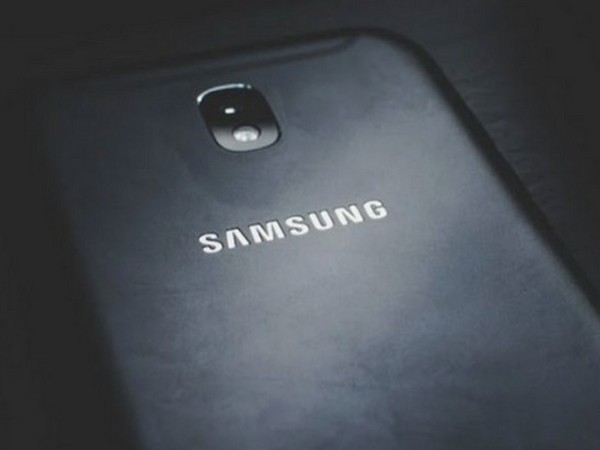GUWAHATI: Covid-19 has strained most relationships, and U.S.-China tensions are now higher than they were before the trade deal. This time, the outlet for frustration isn’t tariffs but technology. The U.S. and China are locked in a race to dominate the next wave of wireless communications—and it just got ugly.
On Friday, the U.S. stepped up its efforts to block China’s development of fifth-generation, or 5G, communications, taking aim at Huawei Technologies, the privately held Chinese firm that’s now the world’s largest telecom-equipment maker and a leading supplier of 5G gear.
Communications, artificial intelligence, and data promise to shape the coming decades—and neither country wants to fall behind. It isn’t dissimilar to the U.S.-Soviet Union race into space and then to the moon.
So far, China is taking its moon shot more seriously. No other country comes near China in terms of broad 5G investment and infrastructure deployment. China has earmarked 1.2 trillion renminbi, roughly $170 billion, over the next five years to build its 5G network. By the end of 2020, China is expected to have 620,000 base stations to support advanced 5G capabilities.
The speed and low latency of 5G means that it’s well suited to power smart grids, self-driving cars, autonomous weapons, and robotic surgery. During the pandemic, China has used 5G infrastructure to power robotic ultrasounds for patients and driverless vans to clean the streets of Wuhan.


















